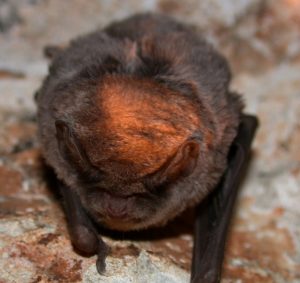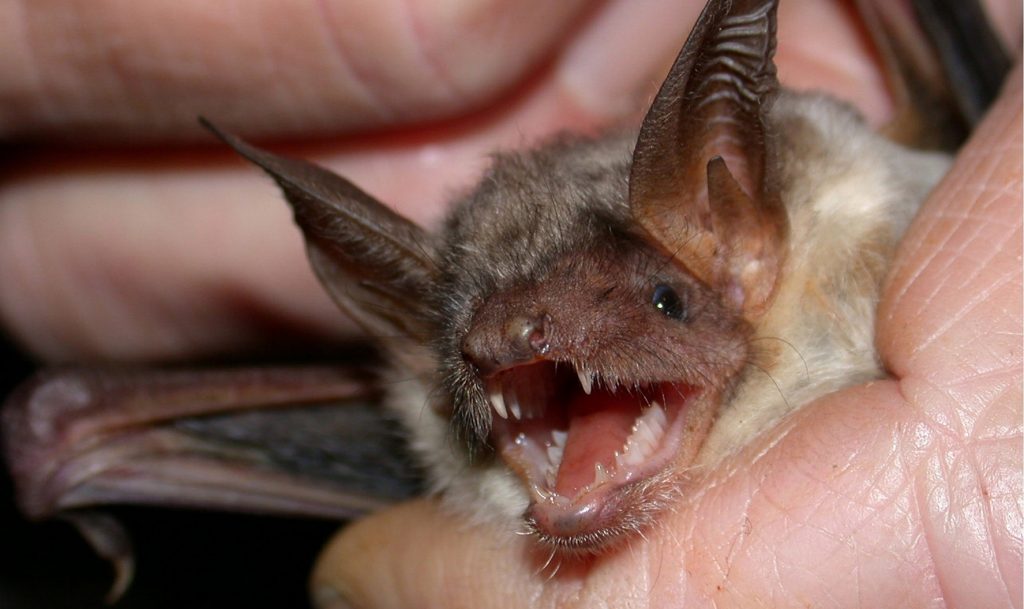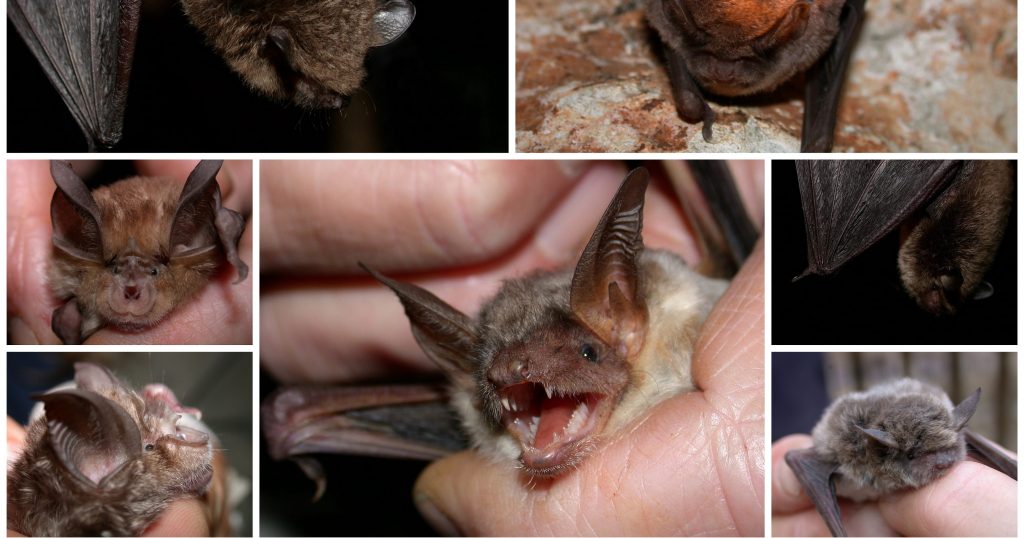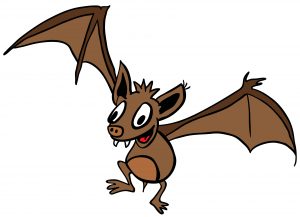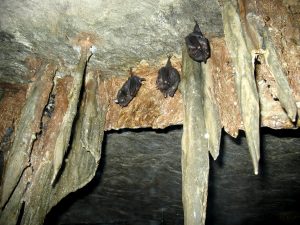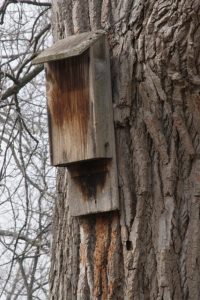If you live on a wooded lot, especially near a body of water, it is likely that you will come across a wild animal every now and again. Finding a stranded or injured animal can be heart wrenching, but it is more important to put your own interests above the animals for the sake of your safety. This is especially true for animals that are known carriers of infectious diseases, like bats.
Continue reading to learn what you should do if you ever find a bat on the ground.

Louisville Bat Removal and Control 502-553-7622
Finding a bat on the ground is rather common in forested or wooded areas. There are many reasons why bats are found this way, including sickness, injury, abandonment, isolation, and more. Although you need to ensure your own protection first and foremost, there are ways you can help a stranded bat without jeopardizing your safety.
First an Important Warning!
NEVER, under any circumstances, attempt to touch, handle, move, tamper with, trap, or harm a bat. Not only is it unsafe for both humans and bats, it is illegal in most states. This is the most important fact you need to know about finding a bat.
Here is What You Should Do Instead:
❶ Isolate Potential Predators
Upon discovering a bat on the ground, your first task is to separate any predators. You can’t move the bat, but you can control possible threats, like cats and dogs, or any other wandering pets. You might also go a step further and monitor the bat to protect it from other types of predators, such as fire ants, birds, and snakes.
❷ Protect Surrounding People
If you are on your own property, warn your family and their friends to stay clear of the vicinity of the bat. If your property happens to be near a public area, like a sidewalk or playground, take the necessary precautions to warn people that a stranded bat is nearby. This can help passing folks avoid taking their dogs on a walk in that area, or allowing children to play. Hang signs or contact the local neighborhood association.
❸ Contact a Wildlife Rescue and Control Company
If you approach the bat and it remains still, that does not mean you can safely get closer. Avoid getting within a few feet of the grounded bat at all times. If the bat shows signs of distress or panic, or appears injured in any way, immediately contact a licensed and insured Louisville Bat Removal Company for emergency wildlife extraction and relocation services.
If you approach the bat and it remains still, it could be a sign that it is dying or sick. Bats often isolate themselves from their colonies when close to death. In this case, it is best to let nature take its course. If the bat poses a threat to pets or family, a wildlife rescue and control specialist can extract the bat for you.
Louisville Bat Removal and Control

Louisville Bat Removal 502-553-7622

